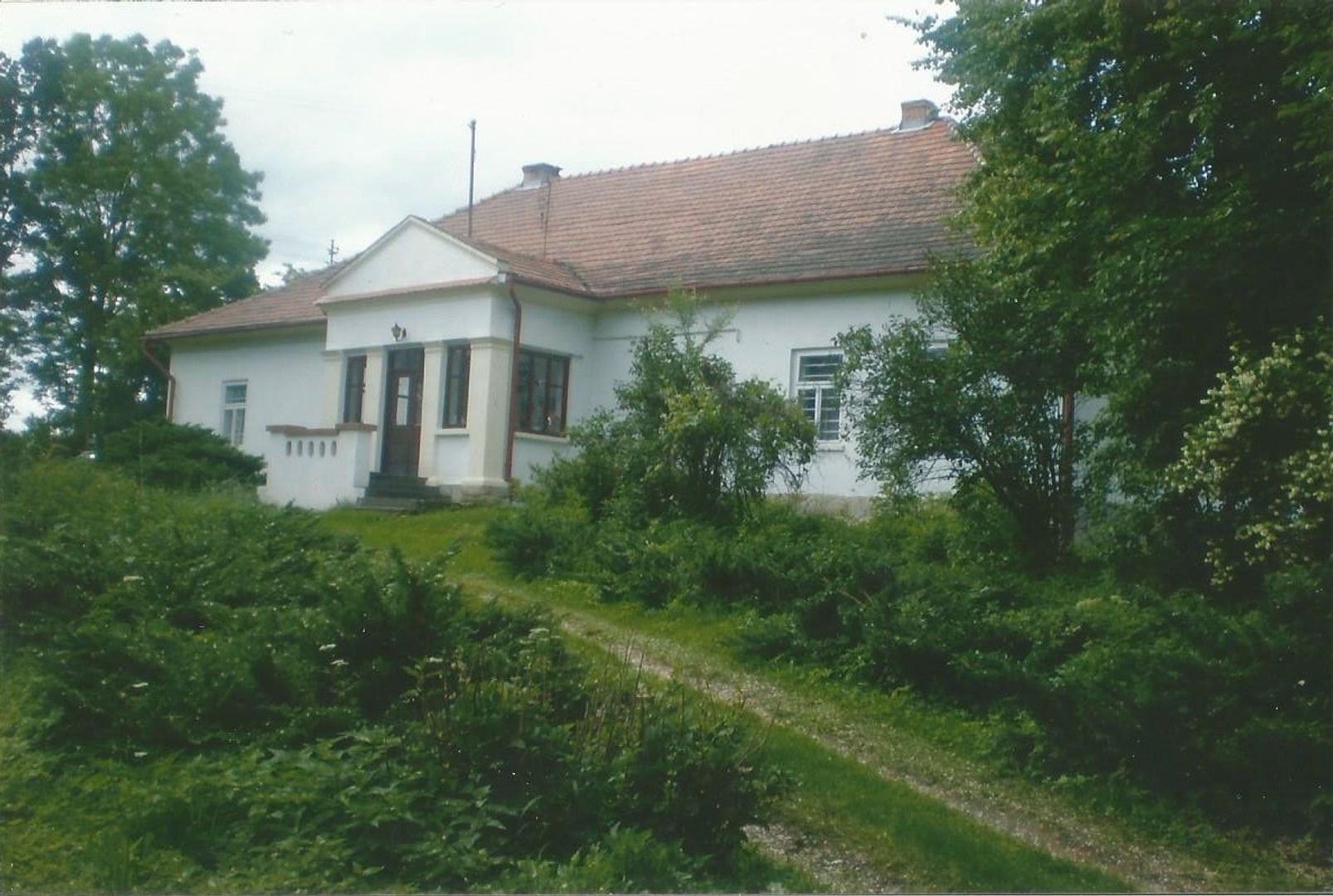Vokovice
6.53

Overview
Wokowice is a village in the Lesser Poland Voivodeship, in Brzesko County, located in the municipality of Brzesko and belonging to the parish of Szczepanów. The village is characterized by a long layout of homesteads, and its history dates back to the 15th century. An interesting architectural site is the 19th-century manor house, built on 18th-century cellars by Jan Gniewiński, once surrounded by a park. Fragments of old-growth trees have been preserved there, including a pedunculate oak and a broad-leaved lime, as well as a figure of Christ crucified, funded in 1847, considered a rare monument of folk literature. Wokowice has a rich history, having been in the possession of the bishops of Kraków in the 17th century. In 1772, during the First Partition of Poland, the village came under Austrian rule, which lasted until 1918. After numerous changes in ownership, the first known owner in the 19th century was Stanisław Gniewiński. In 1813, the area experienced a flood that destroyed the local mill. Wokowice was also recorded in the tax registers of 1536, as well as by Jan Długosz, which confirms its importance as a head village and parish location. The village also boasts a tradition of a local fire brigade, which has been operating since 1889. An interesting fact is the preserved mentions of the servitude rights of the inhabitants, which concerned the collection of wood from local forests, reminiscent of the old customs and interactions between landowners and the rural population. In 2007, Wokowice was also included in Google Maps, highlighting its presence in modern resources.
Location
2025 Wizytor | All Rights Reserved